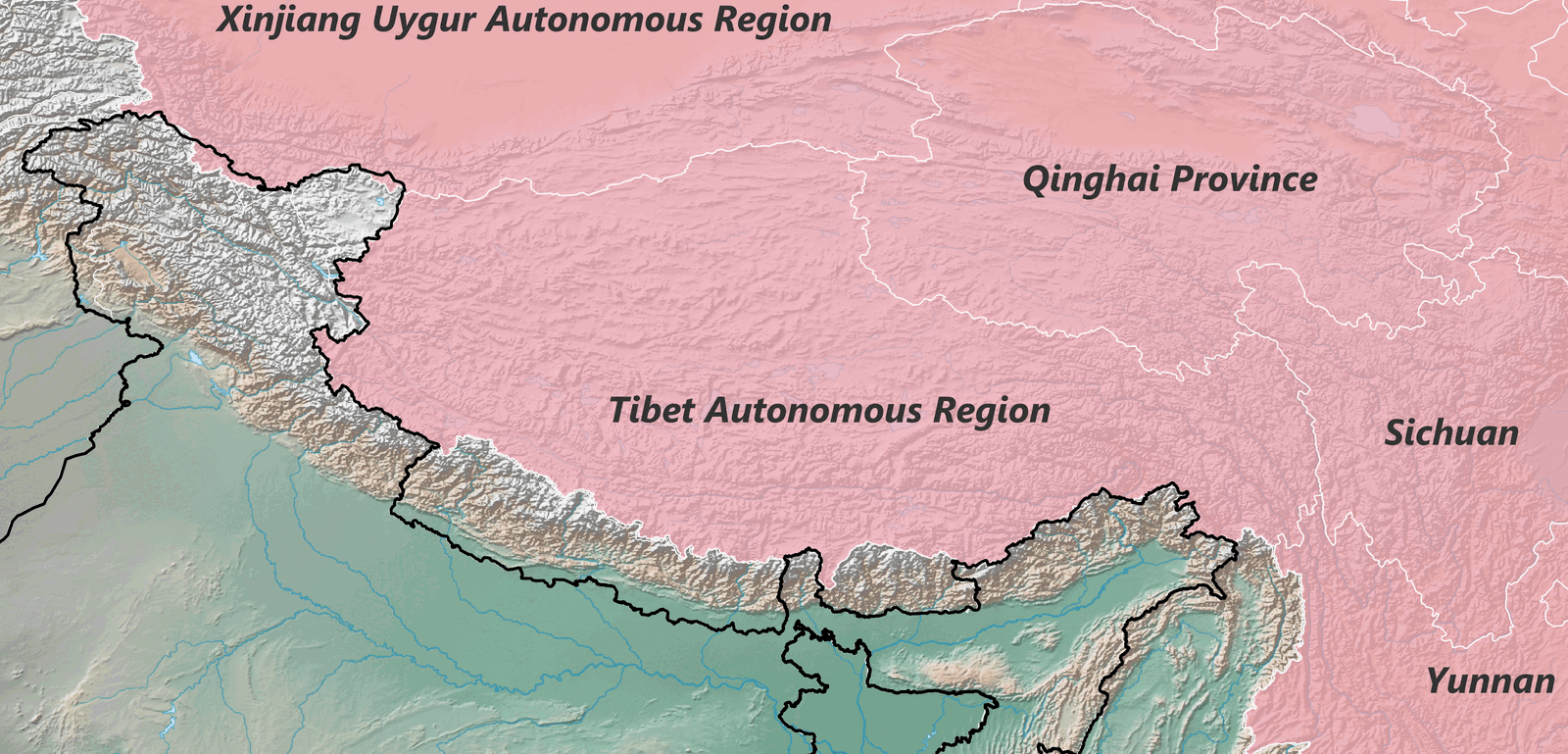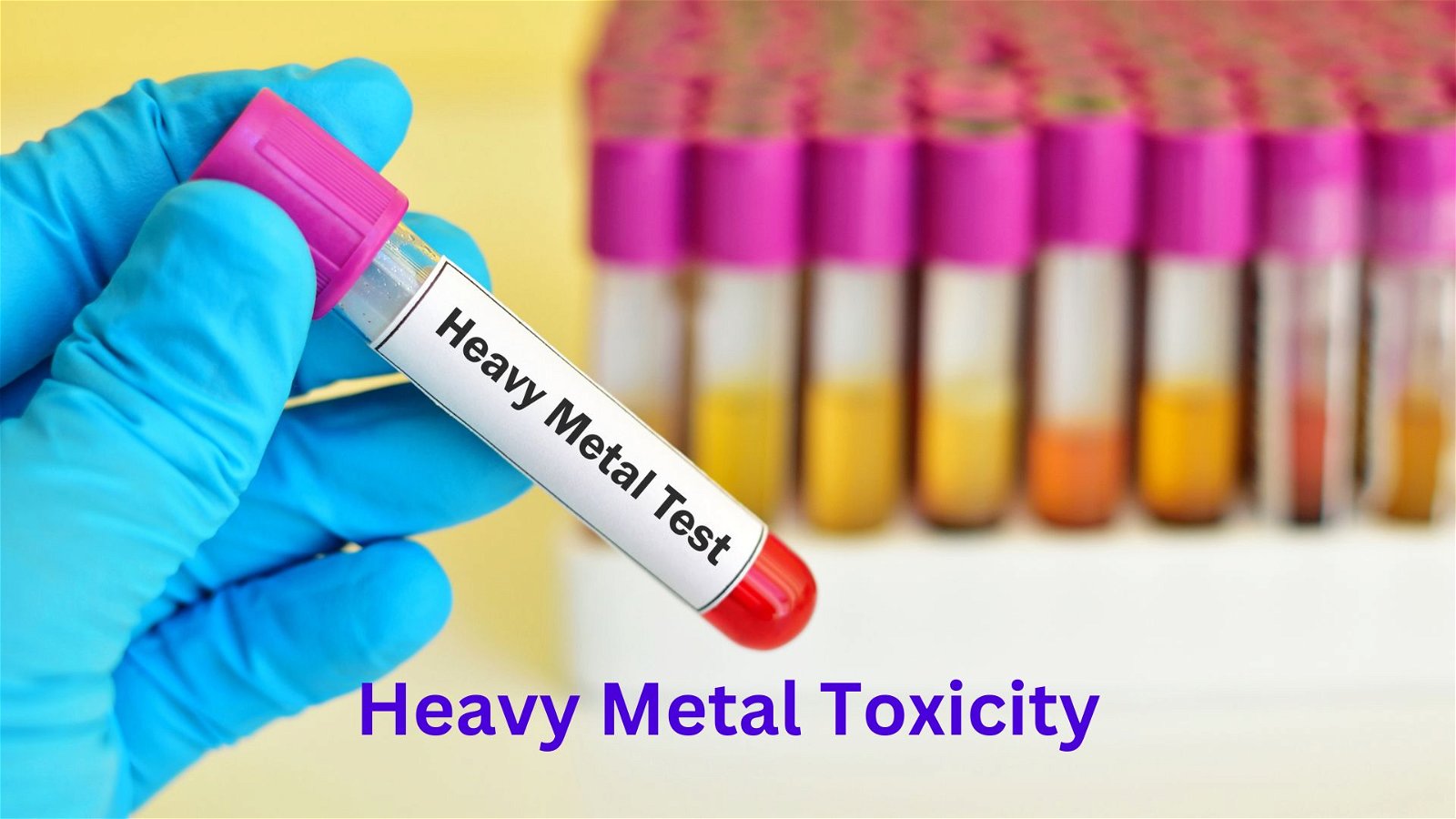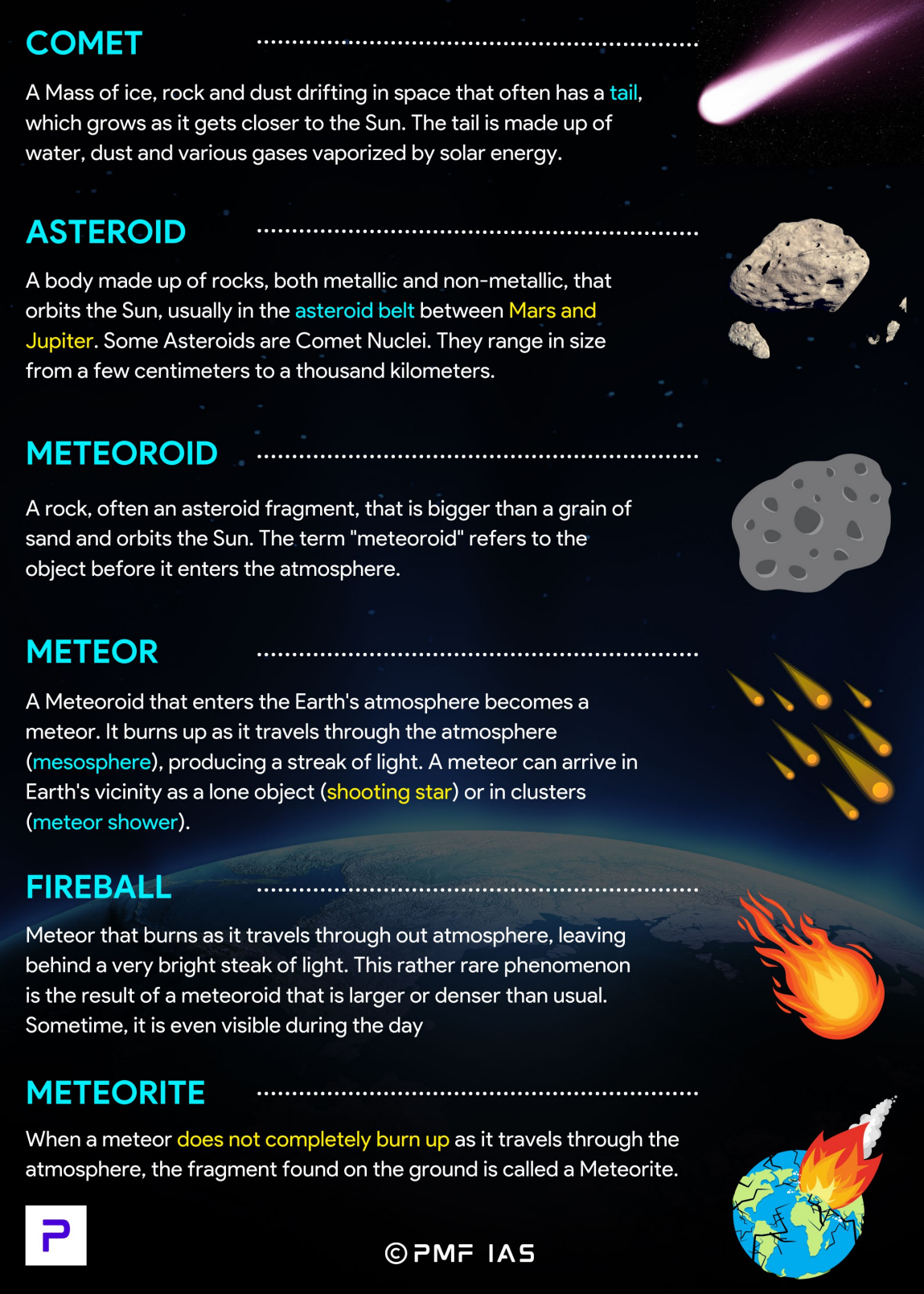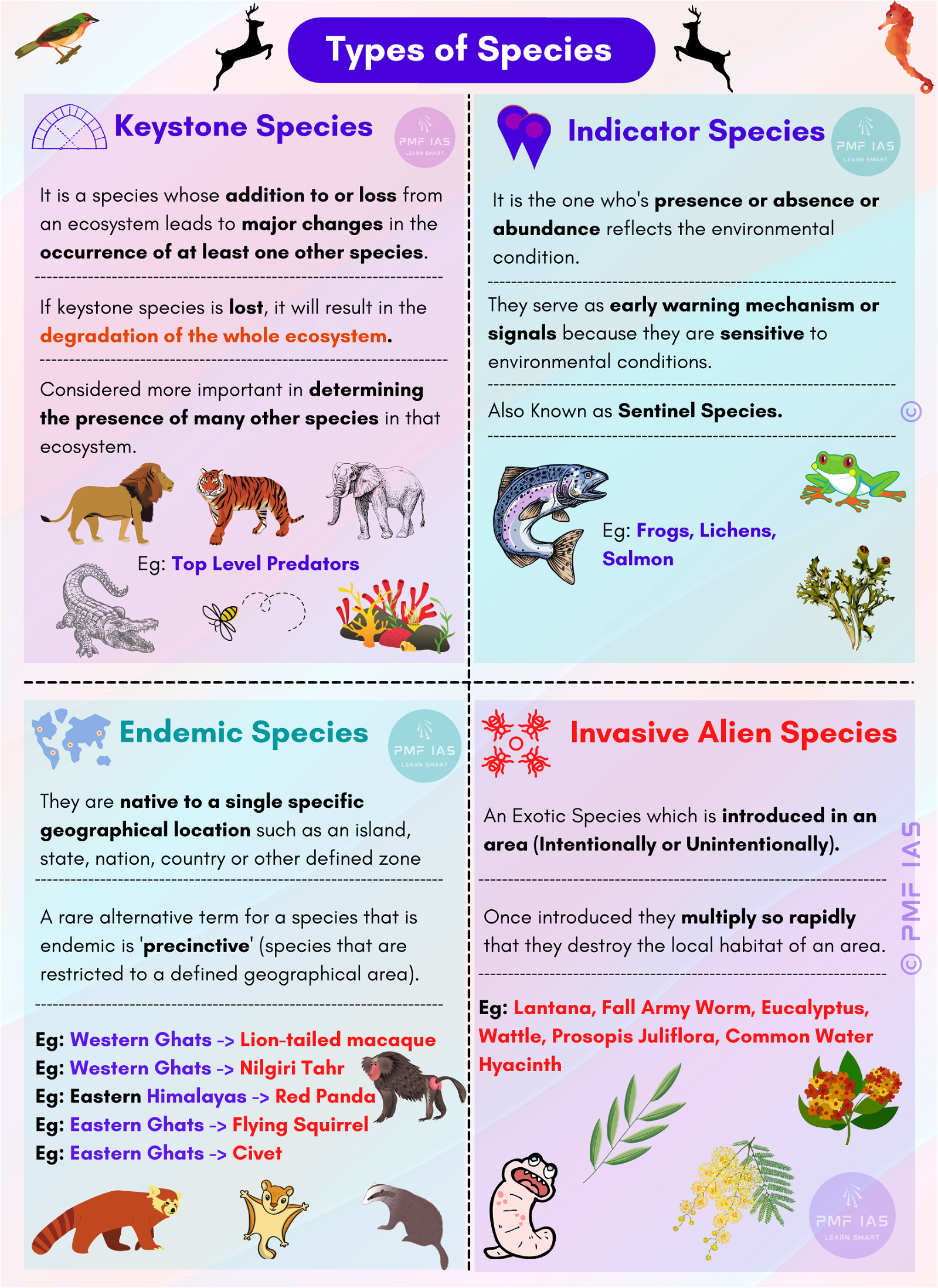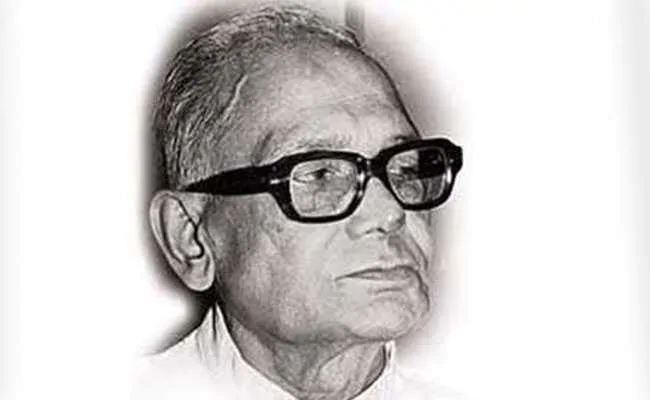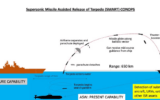
Nobel Prize in Chemistry 2023, Quantum Dots, Applications of Quantum Dots
Subscribe to Never Miss an Important Update! Assured Discounts on New Products!
Must Join PMF IAS Telegram Channel & PMF IAS History Telegram Channel
Nobel Prize in Chemistry 2023
- Context (TH | IE | IE): The Nobel Prize in Chemistry 2023 has been awarded to Moungi G. Bawendi, Louis E. Brus and Alexei I. Ekimov for discovering and synthesising quantum dots.
What are Quantum Dots?
- Each element’s properties are defined by its atomic structure, primarily the number and arrangement of electrons around the nucleus.
- All pure elements display consistent properties, regardless of their size. For example, every piece of gold, whether a large 100 gm or a small 10 mg, has the same properties (fundamental facts).
- However, at the nanoscale, when the matter is really small, the electrons are squeezed together, so its properties depend on size.
- Quantum dots are semiconductor nanoparticles that exhibit size and composition-dependent optical and electronic properties.
|
- Quantum dots constitute a new class of materials that is neither molecular nor bulk material.
- They have the same structure and atomic composition as bulk materials, but their properties can be tuned using a single parameter, i.e., the particle’s size.
What did Ekimov, Brus, and Bawendi do?
Dr. Ekimov’s Research
- Dr. Ekimov used copper chloride to colour glass under various heating and cooling conditions.
- He discovered that the glass’s light absorption depended on the particle size of copper chloride.
- Larger particles behaved as expected, but smaller particles absorbed bluer light.
- Ekimov recognised this as a size-dependent quantum effect.
Dr. Brus’s Reseacrh
- Dr. Brus prepared similar size-dependent particles (crystals) of cadmium sulphide in a liquid solution rather than in a glass. This allowed the researchers to manipulate better and study the crystals.
Dr. Bawendi Research
- Dr. Bawendi developed a technique to make these peculiar crystals, i.e. quantum dots, of well-defined sizes and with high optical quality.
What is the Discovery of Quantum Dots Important
- At the nanoscale, quantum dots attain new, size-dependent properties that can be harnessed and controlled for novel applications.
Applications of Quantum Dots
- Optoelectronics and Displays: Quantum dots are used in displays and lighting to enhance colour accuracy, brightness, and energy efficiency. QLED (Quantum-dot Light Emitting Diode) technology has led to the developing of high-quality, vivid displays in televisions and monitors.
- Biological Imaging: Quantum dots are valuable in biological and medical imaging. They offer bright, stable fluorescence for precise cell and biomolecule tracking in living organisms.
- Solar Cells: Quantum dots are studied for use in solar cells to boost efficiency and broaden the light absorption spectrum.
- Quantum Dot Lasers: They are used to develop lasers with low threshold current and tunable emission, which find applications in telecommunications and optical signal processing.
- Quantum Dot Computing: Quantum dots may serve as qubits (quantum bits) in quantum computing, advancing the development of robust, efficient quantum computers.
- Sensors and Detection: Quantum dots can be used in sensors for substance detection and environmental monitoring due to their sensitivity and tunable traits.
- Telecommunications: Quantum dots can amplify and transmit optical signals efficiently.
- Material Science: Quantum dots provide insights into nanoscale quantum effects and material behaviour, driving innovation for novel materials and technologies.
- Energy Storage: Quantum dots are explored for use in energy storage devices (like batteries and supercapacitors), where their unique properties can enhance energy storage and efficiency.
- Drug Delivery: Quantum dots serve as drug delivery carriers in medicine, enabling precise and controlled pharmaceutical release. E.g., cancer treatments.
- Environmental Remediation: Quantum dots have applications in environmental remediation, such as removing pollutants from water and soil through photocatalysis.
- Security and Authentication: Tunable optical properties of quantum dots enhance their value in anti-counterfeiting measures used in document and product security features.




![PMF IAS Environment for UPSC 2022-23 [paperback] PMF IAS [Nov 30, 2021]…](https://pmfias.b-cdn.net/wp-content/uploads/2024/04/pmfiasenvironmentforupsc2022-23paperbackpmfiasnov302021.jpg)
